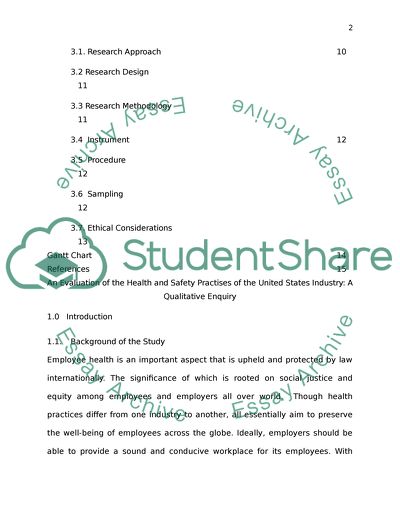Cite this document
(“HEALTH & SAFETY PRACTICES IN THE OIL & GAS INDUSTRY: A CASE STUDY Dissertation”, n.d.)
Retrieved from https://studentshare.org/systems-science/1425589-health-safety-practices-in-the-oil-gas-industry-a
Retrieved from https://studentshare.org/systems-science/1425589-health-safety-practices-in-the-oil-gas-industry-a
(HEALTH & SAFETY PRACTICES IN THE OIL & GAS INDUSTRY: A CASE STUDY Dissertation)
https://studentshare.org/systems-science/1425589-health-safety-practices-in-the-oil-gas-industry-a.
https://studentshare.org/systems-science/1425589-health-safety-practices-in-the-oil-gas-industry-a.
“HEALTH & SAFETY PRACTICES IN THE OIL & GAS INDUSTRY: A CASE STUDY Dissertation”, n.d. https://studentshare.org/systems-science/1425589-health-safety-practices-in-the-oil-gas-industry-a.


